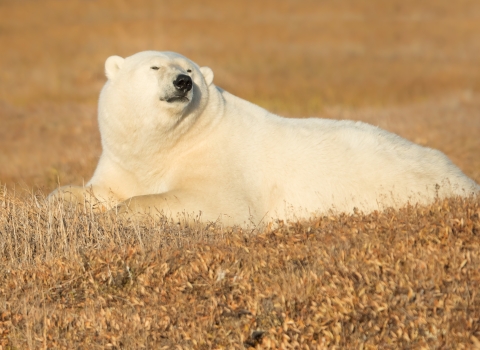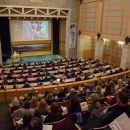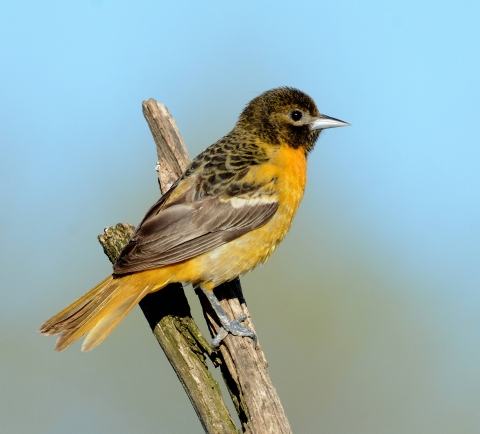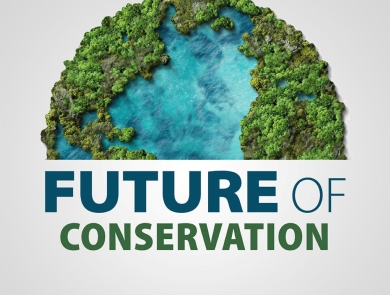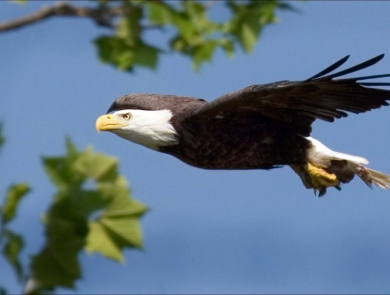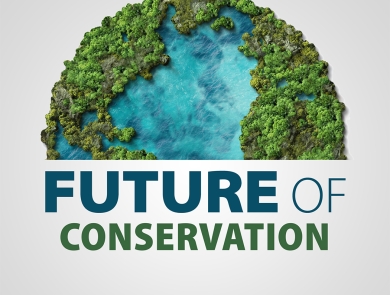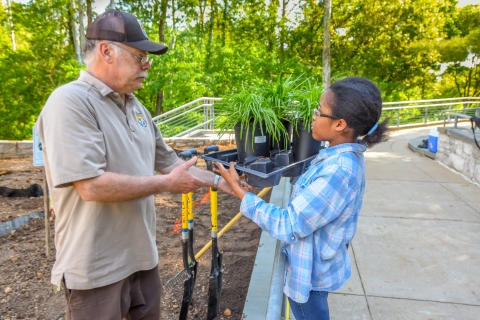Tours
Our facility has classrooms and conference rooms available for training purposes. Take a tour of the available classrooms and conference rooms by watching our virtual videos.
About Us
NCTC is a pastoral landscape of rolling forested hills and wind-swept farm fields. The campus “footprint” comprises a little over 100 acres, leaving untouched more than 400 acres of natural habitats, including old fields and meadows, deciduous forests, the Potomac River, and shoreline springs, creeks, ponds, small wetlands, and moss-covered limestone cliffs.
What We Do
Provide Training
Our facility provides a space for training opportunies and is the education arm of the U.S. Fish &Wildlife Service.
Provide Accommodations and Facility Support
A training facility for conservation professionals that has a flexible and technologically advanced learning environment that is safe, healthy, comfortable, and accessible.
Our venue includes:
- Auditorium
- Computer Labs
- Conference Rooms
- Conservation Library
- Dining Hall
- EV Charging Stations
- Lodging Rooms
- Museum and Archives
- Physical Training Center
- Science Labs
- Seminar Rooms
- Social Center
Our Organization
Our Species
NCTC has a variety of birds, mammals, reptiles, and amphibians including Ambystoma maculatum (Spotted salamander), Eptesicus fuscus (Big brown bat), and the red-tailed hawk.
When visiting, see how many birds you can locate from our NCTC Bird Guide!
Binoculars and trail maps are available for checkout at the front desk in the Entry/ Auditorium building.
Here are some species you may find at the National Conservation Training Center.
Visit Us
Our facility is open for registered participants to attend scheduled training and meetings. However, we do open to the public for advertised events such as the Public Lecture Series, Friends group-led tours, and other special events.
Get Involved
More than 42,000 people volunteer their time and ideas each year to the U.S. Fish and Wildlife Service. Whether they work on the land, in a visitor center or with youth, they contribute to the conservation mission that reaches back more than a century.
Location and Contact Information
- National Conservation Training CenterView Details698 Conservation Way Shepherdstown, WV 25443




